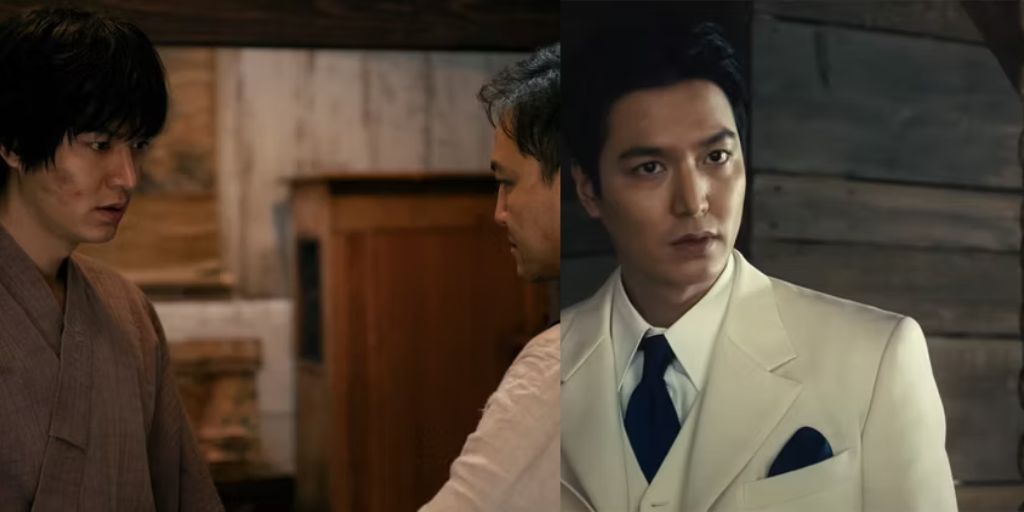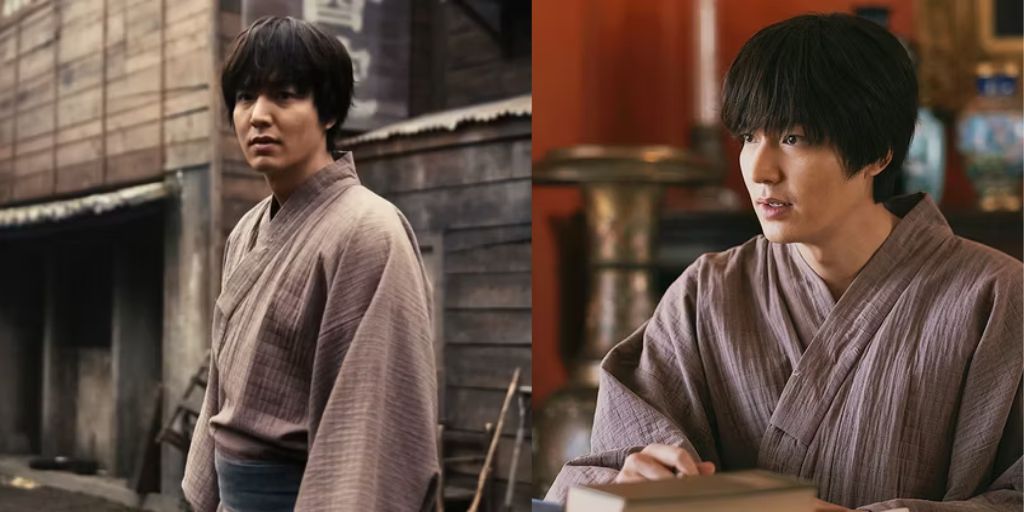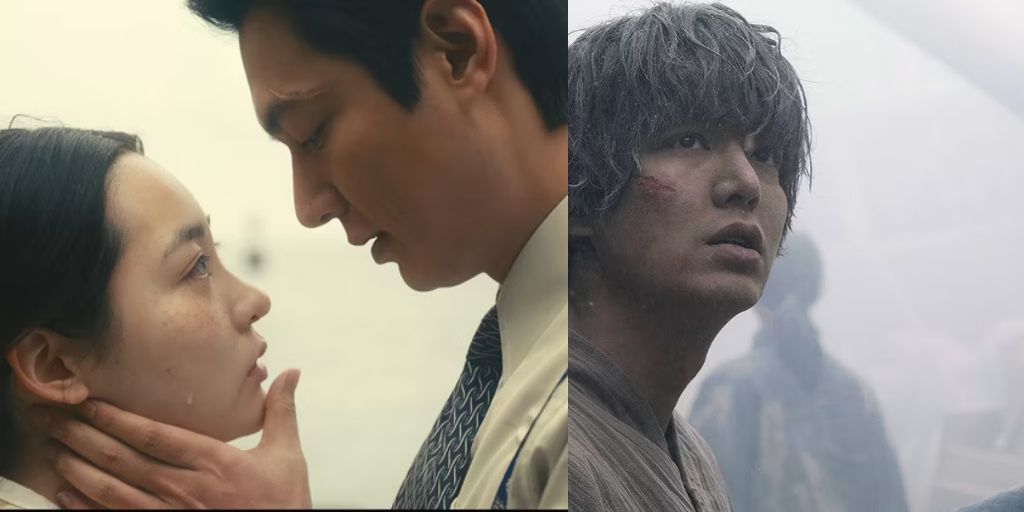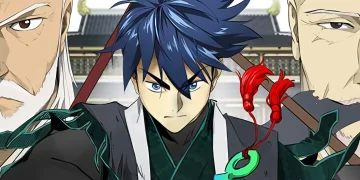Since its debut in March 2022, Pachinko has impressed viewers with its well-drawn characters and remarkable cinematography. The first season of the drama, which spans several generations, follows Sunja (played in her youth by Minha Kim and in her later years by Oscar-winner Youn Yuh-jung).
Sunja is a Korean woman who moves to Japan in the 1930s. She faces many hardships, but her strong will keeps her going. The series alternates between Sunja’s life and the story of her grandson, Solomon Baek (Jin Ha), who struggles in the competitive finance world in Japan in the 1980s.
The show is based on a bestselling 2017 novel by Min Jin Lee. While the book is fictional, it draws from real events. Sunja’s character is based on Zainichi Koreans, a group of Koreans who moved to Japan before 1945 when Japan still controlled Korea.
Both the book and the show deal with the discrimination and harsh treatment Koreans, like Sunja, faced in Japan. One of the real-life events featured in Season 1 is a tragic earthquake that shaped history.
The 1923 Earthquake in Pachinko Really Happened
Episode 7 of Season 1 shifts from Sunja’s story to Hansu’s (Lee Minho) life as a young man in Japan. The episode portrays a major earthquake that actually occurred. On September 1, 1923, a 7.9 magnitude earthquake struck the Kantō region of Japan, which includes Tokyo and Yokohama.
It led to the deaths of over 140,000 people. More than half of the brick buildings and many concrete structures were destroyed. Hundreds of thousands of homes either collapsed or were burned down in the fires that followed the quake.
Additionally, a tsunami over 39 feet high hit the area, destroying 155 homes and killing 60 people. These disasters devastated the region and severely impacted the people living there.

While the earthquake and tsunami caused immense destruction, another tragedy occurred afterward. In the chaos following the quake, more than 6,000 Korean citizens were murdered, an event now known as the Kantō Massacre. False rumors spread that Zainichi Koreans were starting fires, poisoning wells, and planning riots.
The Japanese government has not accepted responsibility for these deaths, blaming the killings on vigilantes. However, families of the victims say that the government is minimizing its role in the massacre.
Witnesses from the time reported seeing police officers and even Japanese soldiers attacking Koreans with weapons like swords and iron bars. Even 100 years later, the Kantō Massacre remains a painful chapter in Japan’s history.
These Events Deeply Affect One of Pachinko’s Main Characters
The earthquake plays a key role in explaining Hansu’s background. He was planning to move to the United States with a young American family he was tutoring. But when the earthquake hit, his plans were destroyed. Hansu survived the disaster, but his father did not.
Hansu managed to get the American family to safety, but a blast separated him from them, and they were killed. He witnessed many people suffering and trying to escape the chaos.
The series also briefly touches on the Kantō Massacre by showing Hansu hearing rumors about Korean prisoners escaping from jail and Koreans poisoning the water.
While fleeing the city, Hansu saw a group of Koreans being chased by a mob. Although a Japanese man tried to help them hide in a barn, Hansu witnessed the mob find them and burn the barn, killing the Koreans inside.
These events explain much of Hansu’s bitterness when he meets Sunja. His experiences during the earthquake and the massacre, where his fellow Koreans were targeted and killed, hardened him. Pachinko showrunner Soo Hugh explained in an interview with Esquire, “the past matters.
One of the things we always talked about on Pachinko is the idea of ‘the other life.’ If that earthquake had not happened, or Hansu had not lived in Yokohama, who would he be? He would not be the Hansu we know.” If the earthquake had not happened, Hansu would have moved to the U.S. and likely lived a different life.
He would never have become a merchant in Japan or met Sunja. It is also possible that he would have been a kinder person if he had not witnessed such horrors as a young man.
Hugh wanted to include the earthquake and the massacre in Pachinko because she felt these real events still matter today, especially with events like the riots in the U.S. in 2020. Lee Minho also spoke about Hansu’s journey, saying, “I don’t necessarily believe that the goal of our show is to inform people about historical events.
But every time these large events or disasters occur, we remember the events, not the people who were sacrificed. I hope that as we capture these moments in the show, we can be reminded of the history…”
It is likely that Pachinko will continue to show historical events like World War II and its effect on Sunja and her family. The earthquake episode, however, stands out as a significant moment, portraying one of the most tragic disasters in history.

Pachinko masterfully weaves together fiction and real history, shedding light on events that deeply affected Koreans living in Japan. Through characters like Sunja and Hansu, the series explores the lasting impacts of historical tragedies, such as the 1923 Kantō earthquake and massacre.
By intertwining these events with personal stories, Pachinko creates a powerful narrative that highlights human resilience. As viewers watch, they are reminded of the harsh realities of the past and the strength required to endure such challenges.
Season 1 of Pachinko is available to stream on AppleTV+ in the U.S. Season 2 premieres on August 23.




